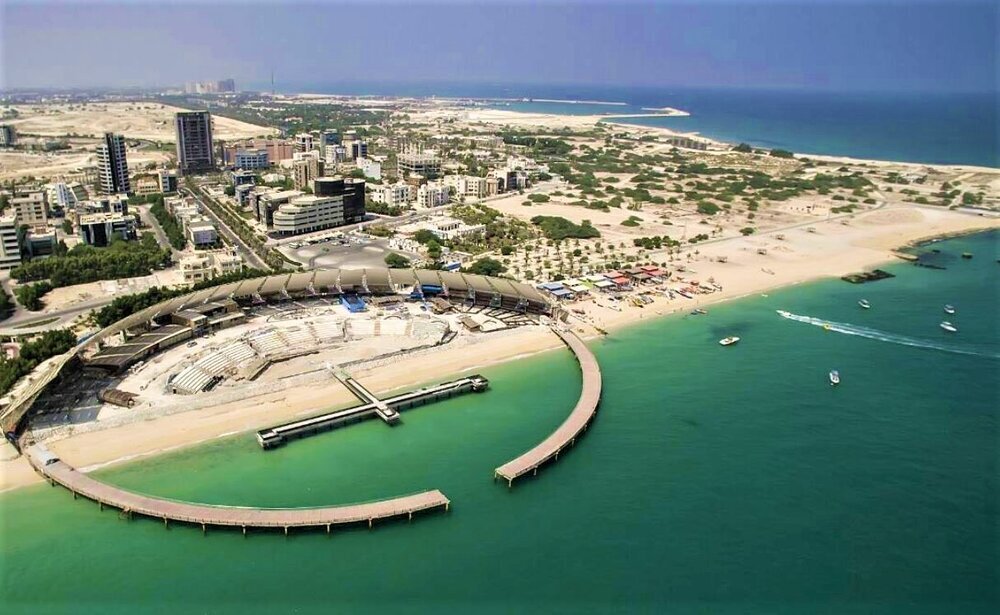Free zones’ trade balance becomes positive for 1st time in 30 years

TEHRAN - The secretary of Iran's Free Zones High Council said on Monday that the trade balance of the country’s free trade zones has become $35 million positive for the first time in 30 years, Mehr News Agency reported.
According to Saeid Mohammad, there are currently 15 free trade zones and 33 special economic zones active in the country and the necessary licenses have also been obtained for the establishment of 79 new special economic zones.
The official noted that although the overall trade balance of the free trade and special economic zones together has always been positive, but this is the first time that the foreign trade balance of the free trade zones becomes positive separately.
Underlining the important role that free trade and special economic zones play in the country’s economic growth, Mohammad said: “The main function of free zones is to facilitate export, production, foreign exchange, entry of new technologies and promotion of knowledge-based companies.”
He expressed dissatisfaction with the current performance of free zones, saying: “They have not been able to grow in line with the free zones of our competitors in the region.”
Mohammad further mentioned some of the obstacles in the way of the development of the country’s free zones including unnecessary or vague regulations, lack of enough incentives for encouraging activities in such areas, and the lack of unified and integrated management in these zones, and said the government is doing its best to resolve such issues.
The establishment of free trade zones (FTZs) in Iran dates back to the Iranian calendar year 1368 (March 1989 - March 1990) following the fall in the country’s oil income in the preceding year which prompted the government to promote non-oil exports.
The first two free trade zones of Iran were established in the south of the country. The first one was Kish Free Trade Zone established in 1368 on Kish Island in the Persian Gulf and the second one was Qeshm Free Trade Zone established the year after on Qeshm Island in the Strait of Hormuz.
Some five other free trade zones have been also established in the country since then, including Chabahar in southeastern Sistan-Baluchestan Province, Arvand in southwestern Khuzestan Province, Anzali in northern Gilan Province, Aras in East-Azarbaijan Province, and Maku in West-Azarbaijan Province, both in the northwest of the country.
The development of existing free trade zones and the establishment of new FTZs has become one of the major economic approaches of the Iranian government.
EF/MA
Leave a Comment